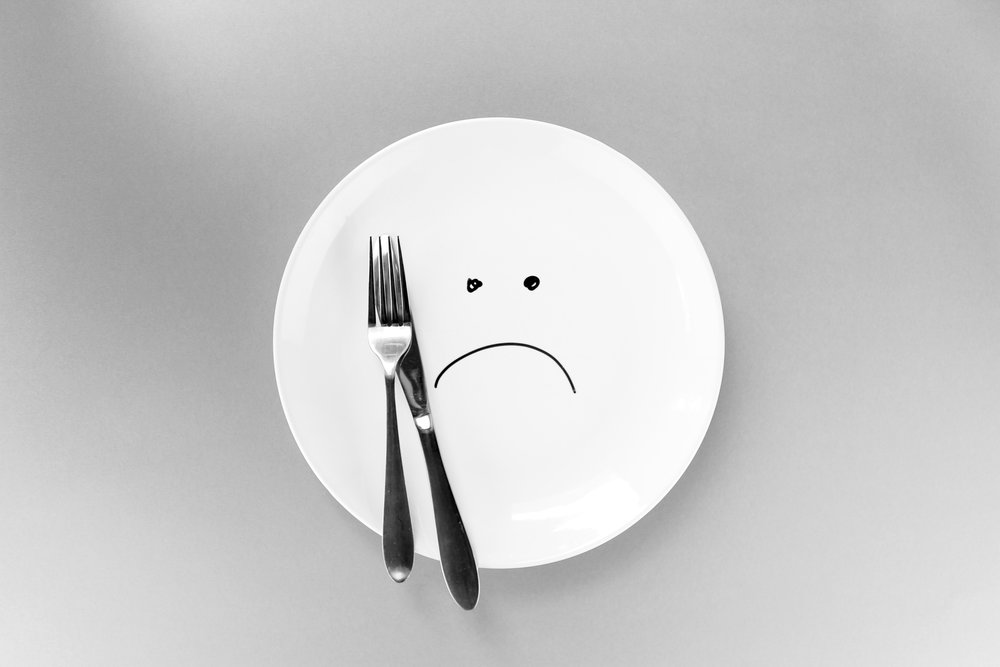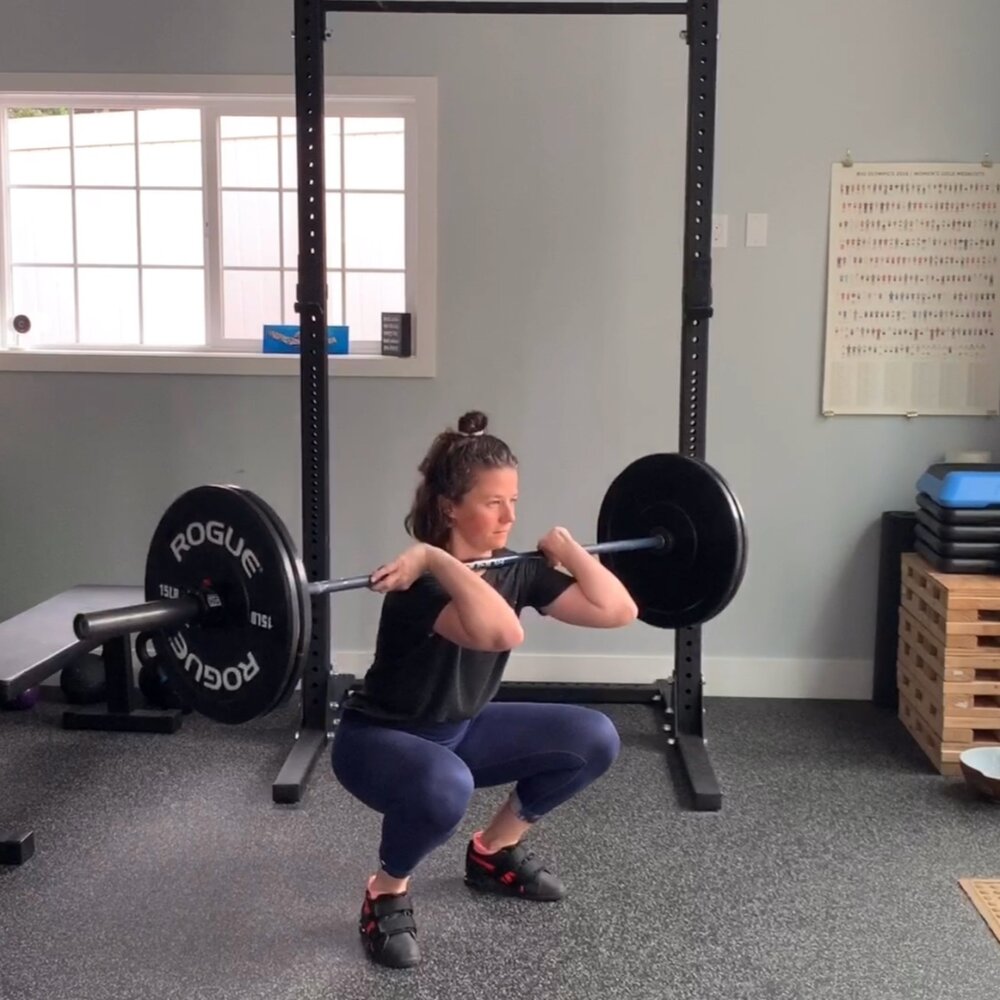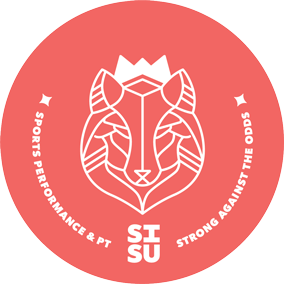Have you been struggling with injuries as a female runner and don’t know what to do?
Putting out injury fires isn’t fun. It is disruptive to your health (of course), but also to your training routine and future goals.
Below are 3 common training pitfalls that I find in many female runners.
1. Your training intensity is too high

It can be very tough to slow yourself down, particularly if you’re competitive. But the fact of the matter is that you don’t need to train fast, to race fast.
Women put a lot of pressure on themselves to train aggressively (and I’m not talking about training aggressively once a week, I’m talking about training aggressively ALL of the time). Training fast is indeed important to being fast, but doing it for every run is a bit like kindling to a fire: the perfect fuel to feed it and ultimately, end up with injury.
Studies on the training of elite level runners shows us that they spend about 85% of their training intensity at conversational pace levels, or at speeds below lactate thresholds, and only 10-15% of their weekly training is speed training. (Seiler, et al)
Elite level runners spend about 85% of their training intensity at conversational pace levels and only 10-15% of their weekly training is speed training.
Many women come to me reporting that they train with their friends. If you train with friends frequently and you can’t seem to have a conversation with them as you do, you might be training too fast, too often.
If you’re only training with friends once per week, then you simply need to factor in how much time you spend training fast, relative to the rest of the week.
Let’s use strength training as a comparison: When you’re training to get stronger, you aren’t typically lifting the maximum weight during your training. You train at sub-maximum levels and this optimizes your body’s ability to adapt to the training loads and get stronger, and do so with a lower risk of injury.
Just as you wouldn’t expect to be performing your maximum squat every single week, multiple times per week, training running at sub-threshold levels is the way to optimize your performance long term, allow your body the time to adapt to the loads and keep you healthy.
With consistency in training, most people will start to get faster naturally. So remind yourself that it’s ok to slow down as you train. When race day comes around, you’ll have more in the tank and can leave nothing on the table.
2. Your nutritional intake is too low
*To be clear, nutrition is not my area of expertise. For help in that realm, I turn to a dear friend of mine, Natalie Joffe, here in Seattle. This is simply what I see in many of the athletes I worth with.

Ahh yes, we have to talk about food.
A lot of women use running as a way to lose weight or think that losing weight, will make them faster. This presents itself with challenges because if you’re running a lot and diet restricting, you are putting your body in a great deal of stress and distress.
Running requires FUEL and energy! You get a lot of that from the food you eat and if you are minimizing or restricting things like carbohydrates, proteins or fats (the 3 ESSENTIALS!), you are depriving your body of the fuel it needs to function and to perform optimally.
Food is a way to optimize your performance AND your recovery. If you’re not eating enough food, you set the stage for some serious trouble.
If you find yourself asking right now, “what kind of trouble?” I encourage you to read up on something known as RED-S (relative energy deficiency in sport) and the female athlete triad. Both conditions intertwine with each other a bit and both can lead to devastating injury, mental health issues, physical health issues, and so much more.
If this is a concern for you, I encourage you to talk to your healthcare provider.
So, eat all the food.
3. You AREN’T LIFTING HEAVY
Last but not least, we need to talk about strength training!
Here’s the deal, heavy lifting is like giving your body a jet engine. Not only does it optimize your muscles, tendons, and bones to be able to withstand the stressors of running, but it improves your performance.
The most common misconception among female runners/athletes, is that heavy lifting will make you get big.
The most common misconception among female runners/athletes in general, is that heavy lifting will make you get big.
Heavy lifting, will make you a damn powerhouse and an athlete to be feared on the track, on the road, on the mountains, on the field, you name it.

Strength training under appropriately heavy loads, can be a game changer for your performance, tissue health and capacity, as well as reduce your injury risk. Unfortunately, it is not used appropriately for very many women in the running community.
A common pitfall for women working to gain strength, reduce injury risk and improve performance, is thinking that body weight exercises are enough to achieve all of those things. The reality is that it usually isn’t and it leaves so much on the table for female athletes and their ability to perform at high levels.
If there is low hanging fruit that can improve a female athlete’s performance, it is often heavier strength training.
A few key exercises, loaded appropriately, can do wonders for your performance and health. Fundamentals for runners include things like deadlifts, squats, loaded carries, and single leg activities. Adding in some upper body rows, presses and core strengthening are advantageous as well.
If you’re wondering more about the benefits of strength training for runners, read here.
And if you are looking for some help and guidance in that realm, reach out to me! I can build you a program, work with privately or simply have a discussion.
With that, go forth with this mantra: Train slow. Eat plenty. Lift Heavy. Race Fast.
Cheers,
Dr. Ellie Somers
“Physical therapist on a mission”







